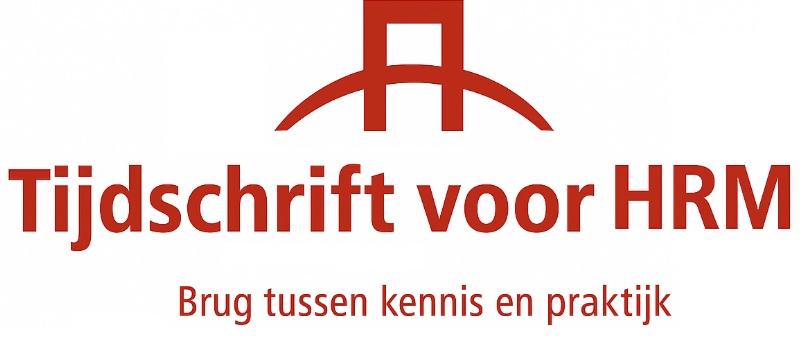-
OAThe war for talent
Hoe je de top 2 procent van je werknemers kan bevoordelen en toch iedereen tevreden houdt
- Amsterdam University Press
- Source: Tijdschrift voor HRM, Volume 26, Issue 2, Jun 2023, p. 1 - 20
-
- 21 Apr 2023
- Previous Article
- Table of Contents
- Next Article
Abstract
Talentmanagement neemt in populariteit toe en is een strategie om veelbelovende werknemers te identificeren en ondersteunen. In de huidige tijdgeest neemt echter het enthousiasme voor een exclusief beleid, waar maar een klein deel van de werknemers als ‘talent’ wordt gezien, razendsnel af onder het mom van gelijke behandeling. Al ruim tien jaar zijn zowel managers als academici aan het discussieren over hoe talentmanagement nu het beste aangepakt kan worden om optimale uitkomsten voor werknemers te realiseren. De meeste argumenten om bestaande exclusieve talentenprogramma’s aan te passen blijven echter ongefundeerd en komen niet verder dan een simpele heuristiek zoals: ‘exclusiviteit is moreel onverantwoord’. Relevante psychologische theorieën, zoals de sociale vergelijkingstheorie, zijn daarentegen wel in staat toe te lichten waarom huidige talentmanagementtrends juist tot meer negatieve werknemersreacties zullen leiden. Zolang managers geen gehoor geven aan deze theorieën, kunnen aanpassingen aan talentenprogramma’s meer kwaad dan goed doen voor de organisatie en haar werknemers. Gebaseerd op recent promotieonderzoek wordt er in dit artikel een kritische blik geworpen op exclusief talentmanagementbeleid en worden een zestal empirische onderzoeken toegelicht die werknemersreacties op talentmanagement bestuderen. Aan de hand van de belangrijkste uitkomsten van deze onderzoeken formuleren wij een aantal aanbevelingen voor HR-professionals, waaruit duidelijk wordt hoe managers verantwoord kunnen differentiëren tussen hun werknemers.


